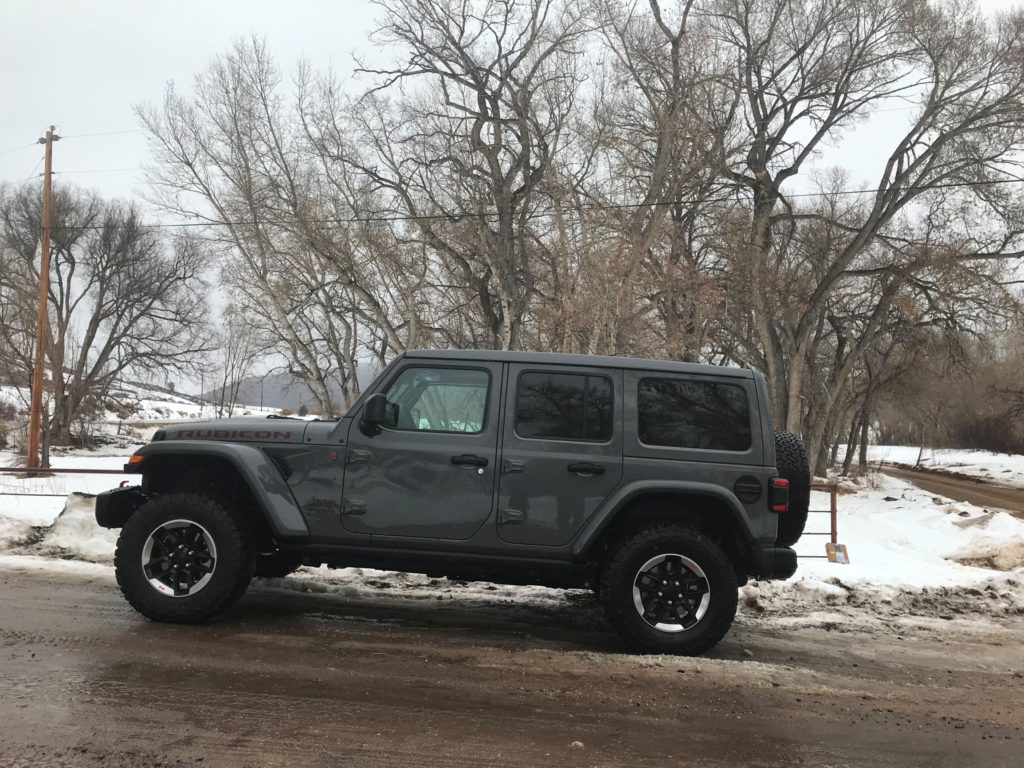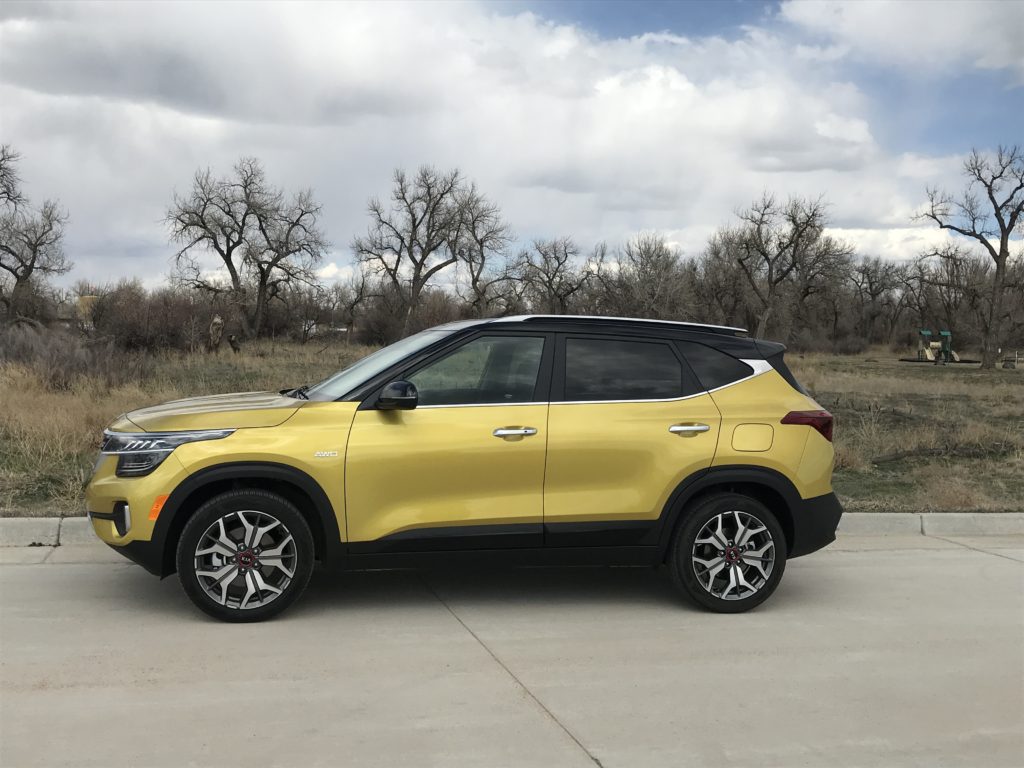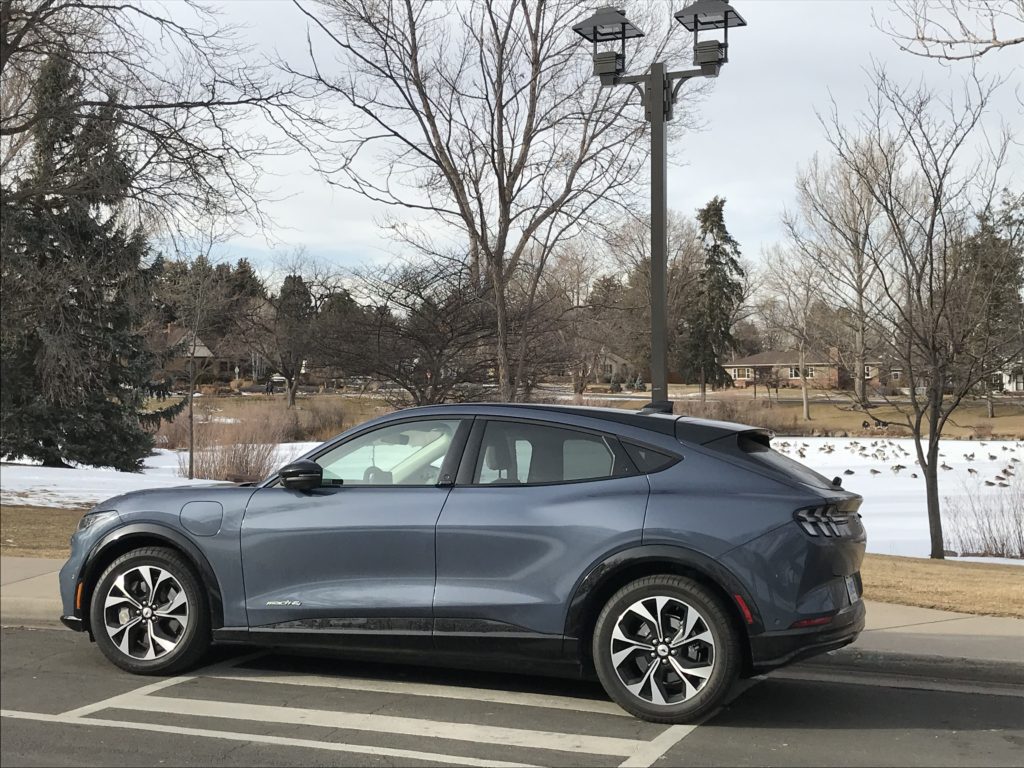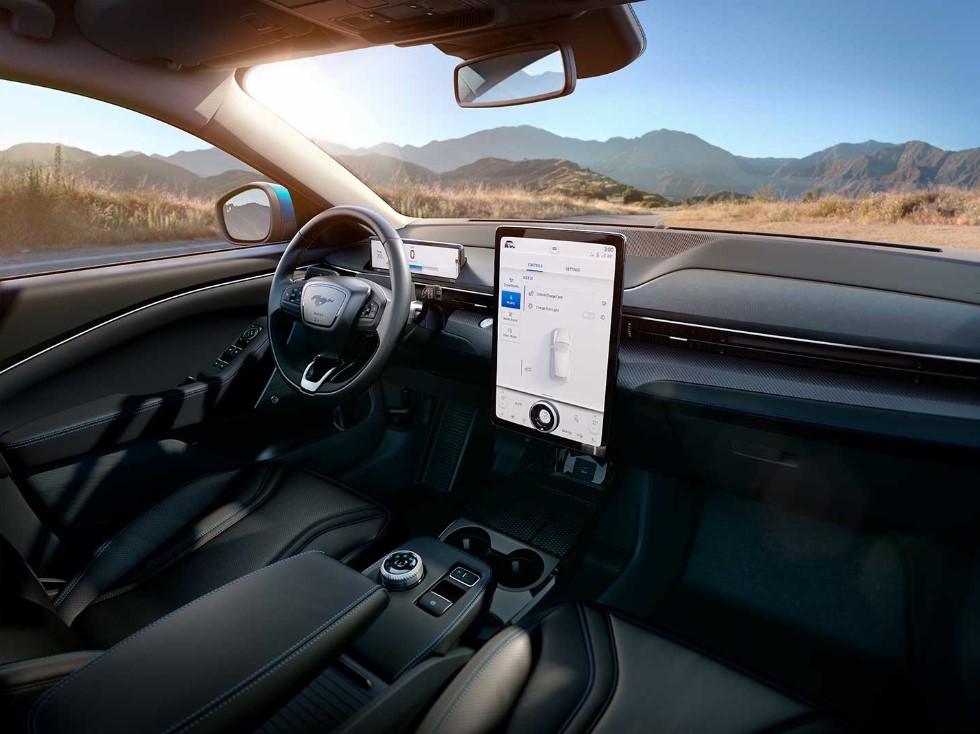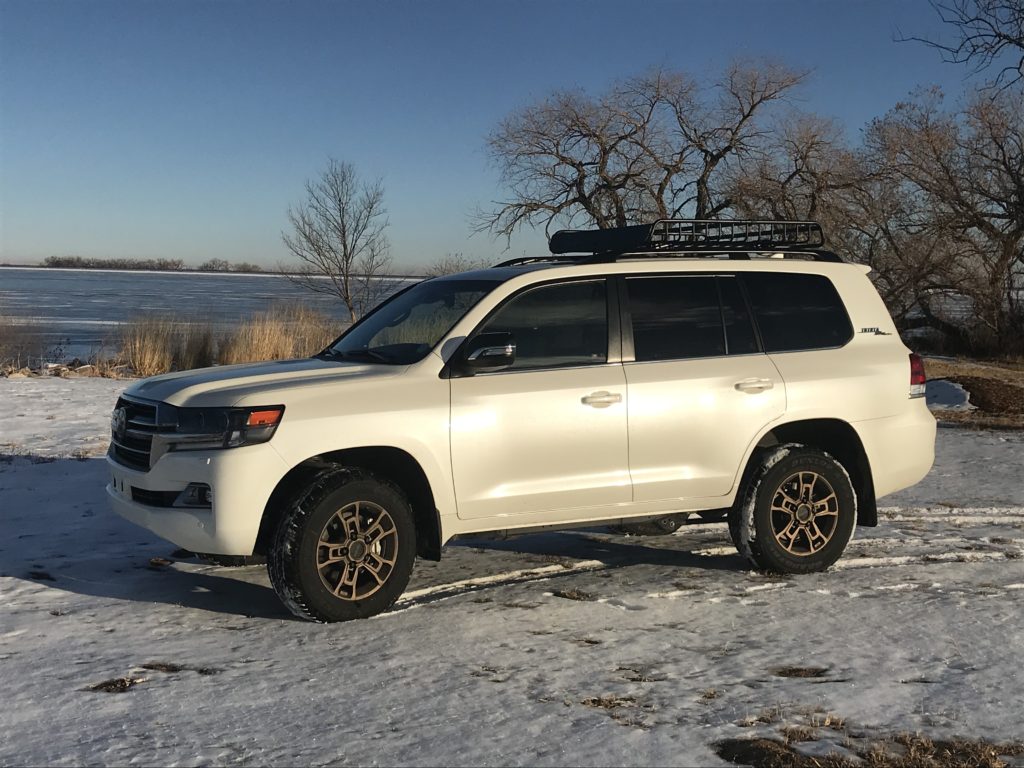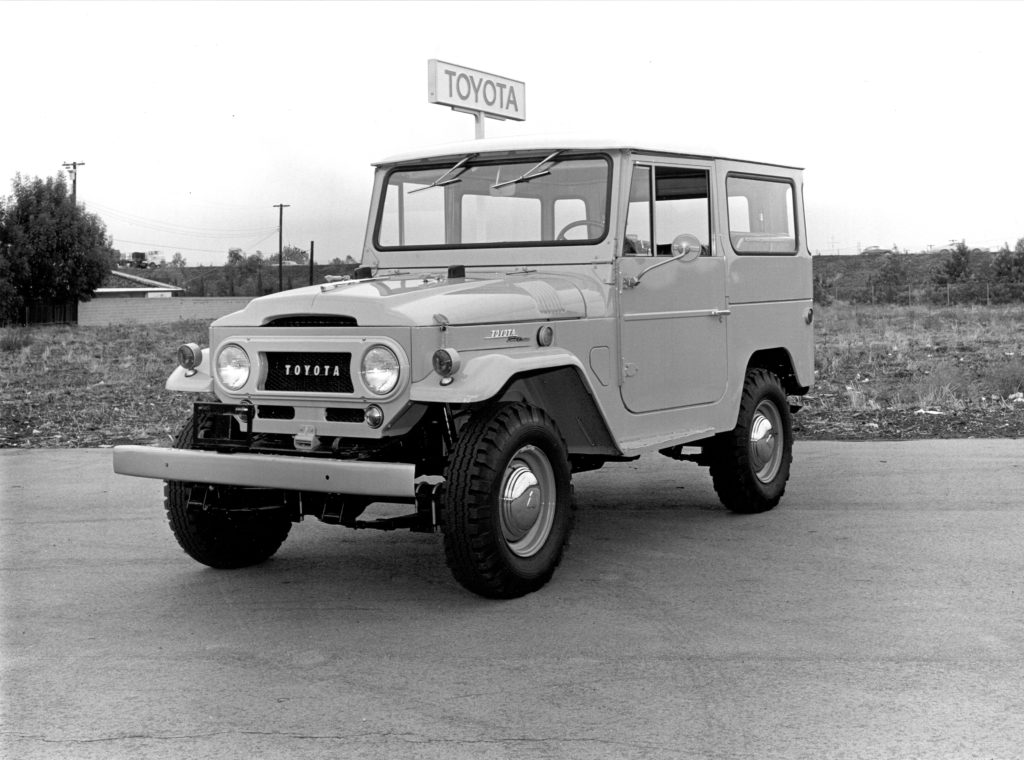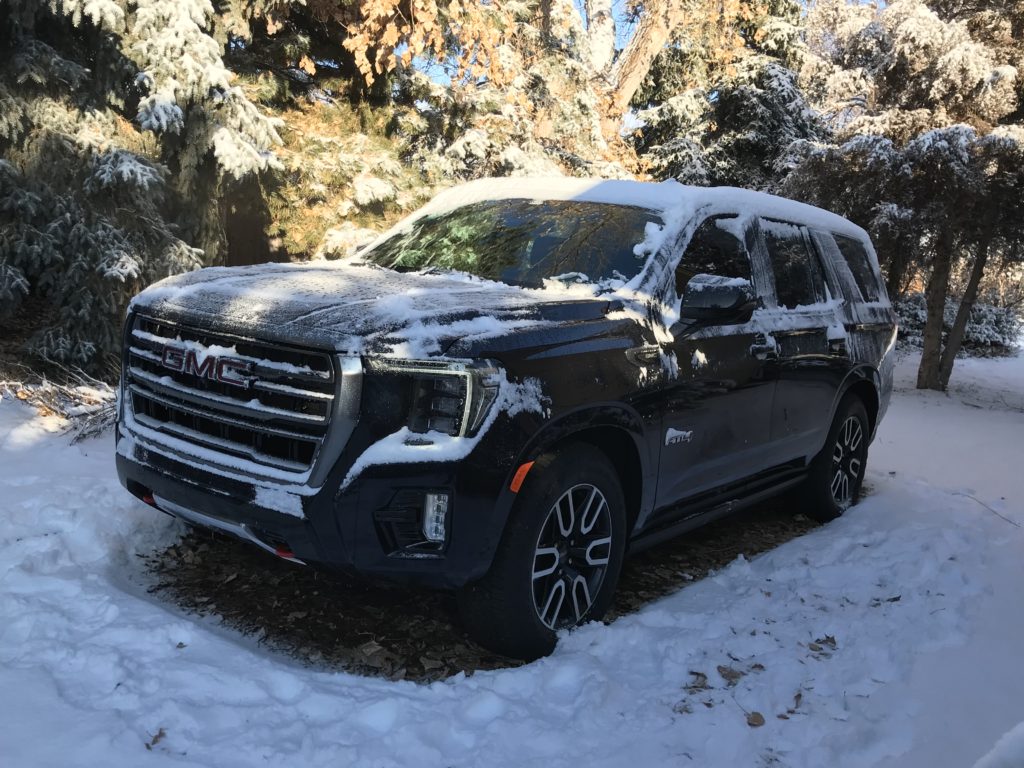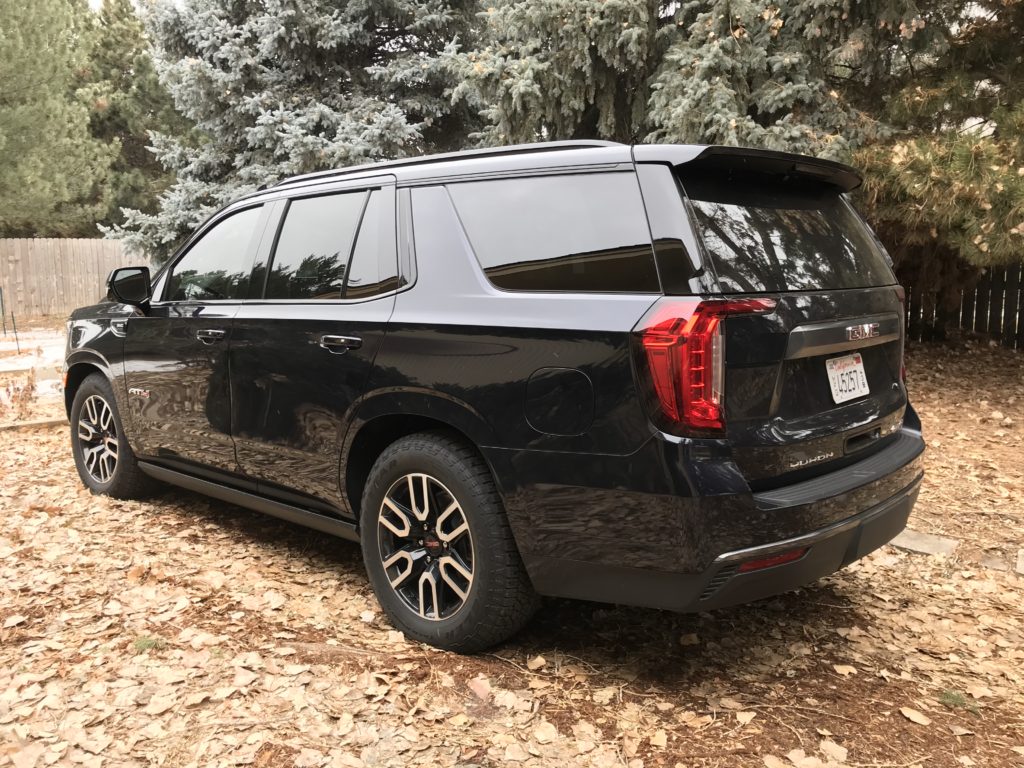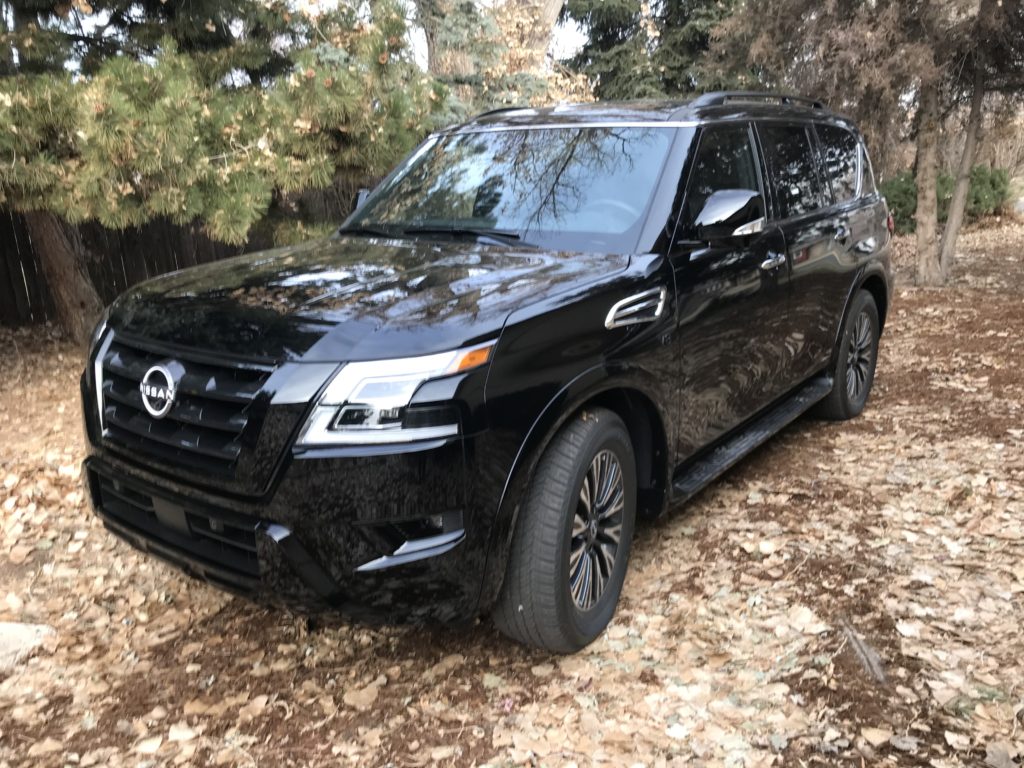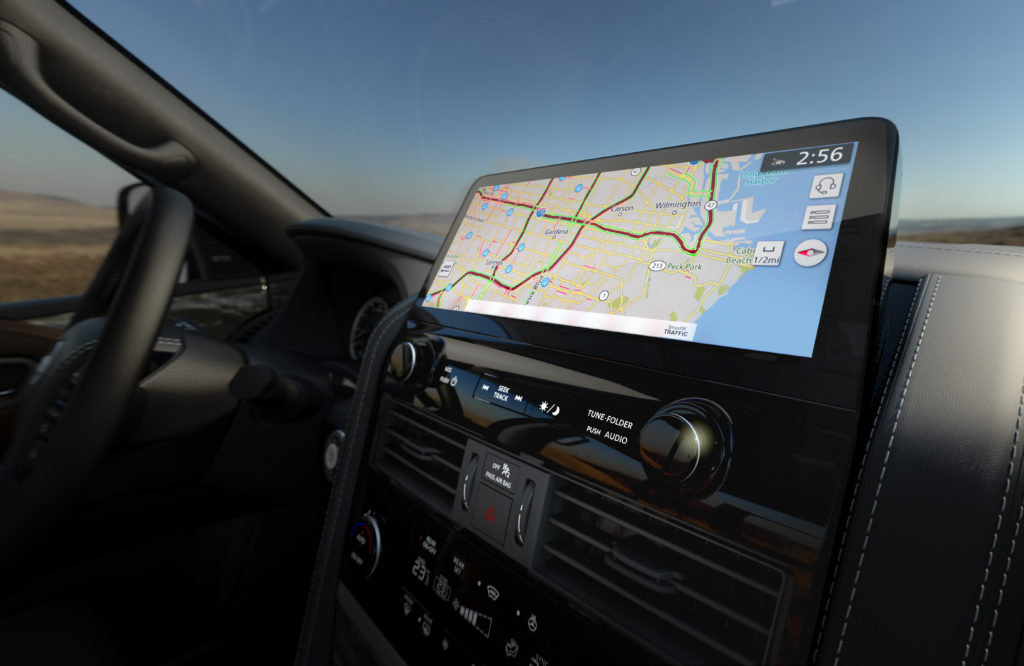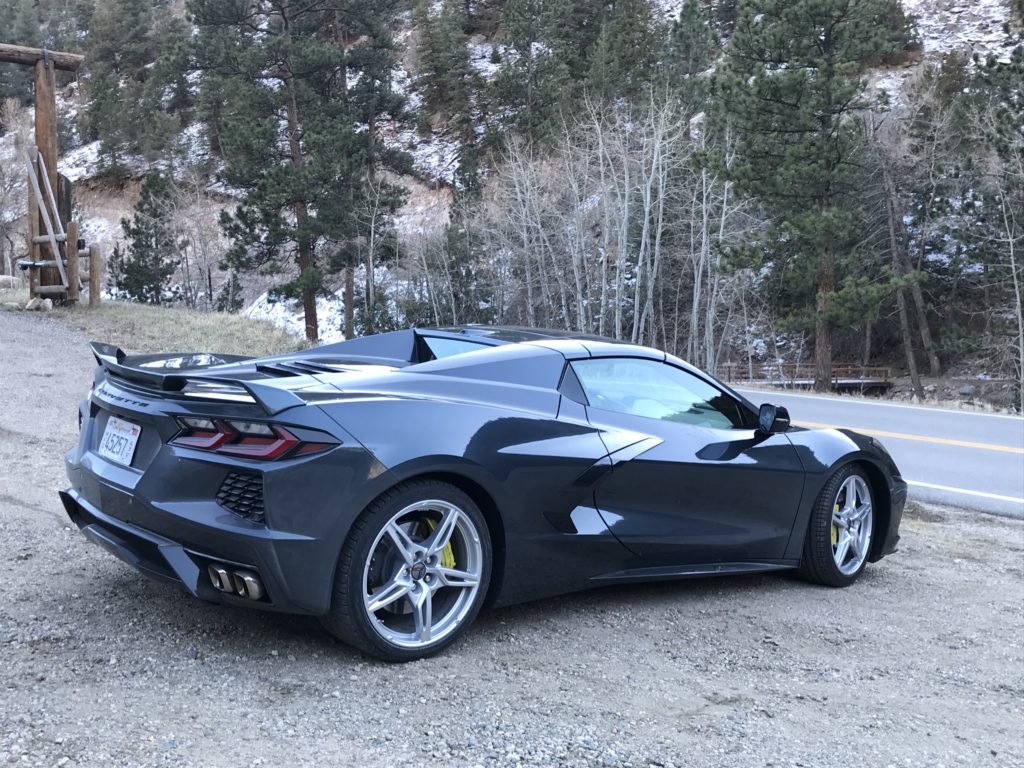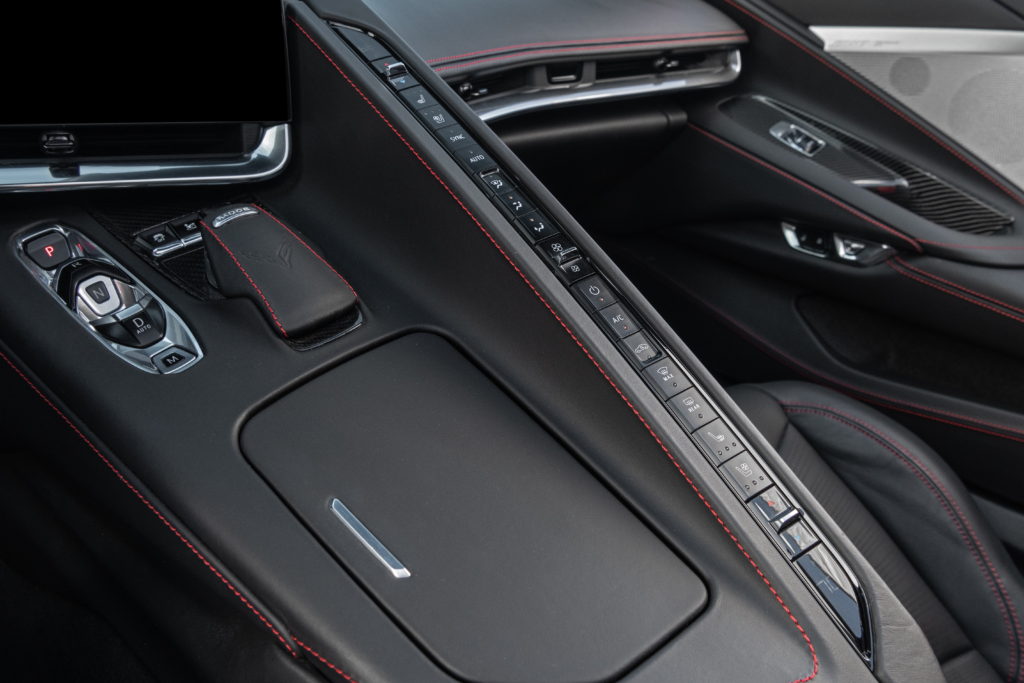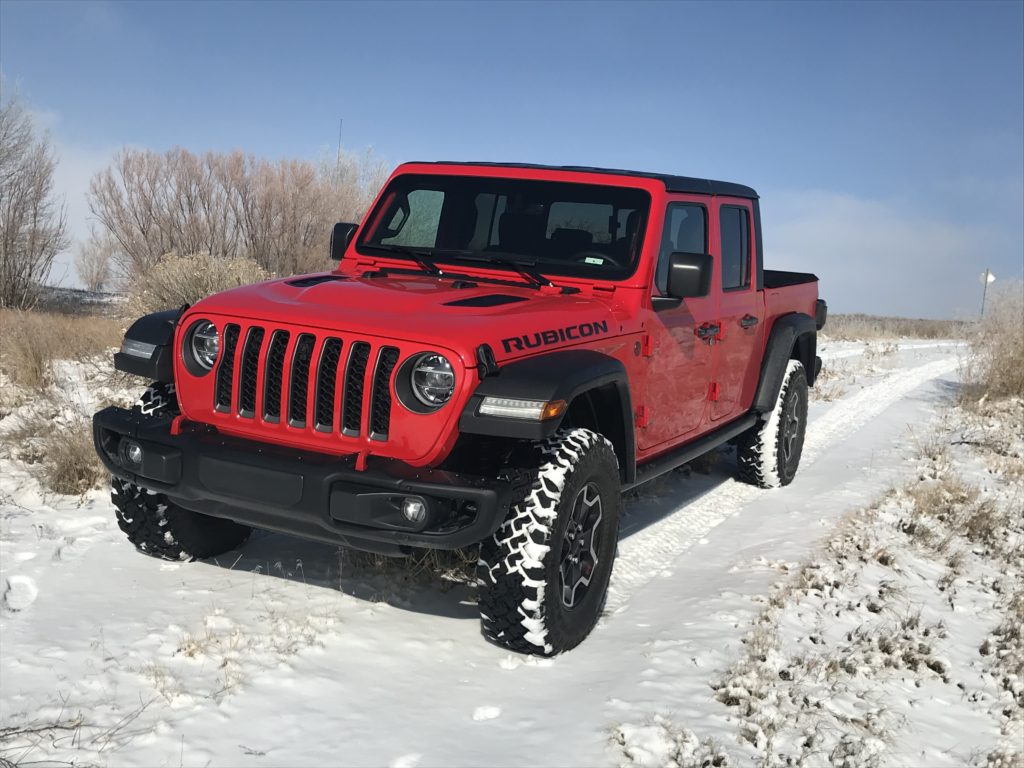
Items of added concern, in addition to the coronavirus, seem to pop up fairly frequent these days.
For instance, the newest test-drive is a Jeep, and preceding its delivery I receive a note that the parent company is now “Stellantis,” rather than Fiat Chrysler Automobiles (FCA). “Stellantis,” with two “l’s,” a result of the combining of Peugeot and FCA groups.
It’s still Jeep, I say of the review model at my door. Stellantis represents 14 brand names, so take pause, perhaps, with Citroen or Vauxhall, but don’t mess with Jeep.
Regarding Stellantis, just how deep will the Chrysler name be buried? My family’s ties to Chrysler date back to 1935, when my father was granted the franchise for Chrysler/Plymouth automobiles at Wray, Colo., four years before receiving the same status for Ford cars and trucks (and tractors).
I was sitting in the newsroom of the old Denver Post building in July 1978, when Henry Ford II fired Lee Iacocca as president of Ford Motor Co. That created the opportunity for Iacocca to step in and save a floundering Chrysler Corp. So many changes with Chrysler in the years since; what would Mr. Iacocca say of Stellantis, were he around today?
The Jeep’s fired up and running and within a couple minutes I hear from its Alpine audio system, “General Motors to go all-electric by 2035.” A powerful statement, but full effect is 14 years down the road, and there will be lots of bends and unexpected detours. Buckle up, hang on and enjoy the ride.
It’s the 2021 Jeep Gladiator Rubicon 4X4 pickup, equipped with the Ram/Jeep 3.0-liter V-6 turbocharged diesel engine and 8-speed automatic 8HP75 transmission. Another point of discussion is the fact that the turbodiesel/transmission package adds $6,000 to the cost of the Gladiator. Is it worth that? We’ll see.
I’ve been a fan of the Mopar ecodiesel. It was just a year ago I drove it in the Jeep Wrangler Unlimited, prior to that in the Jeep Grand Cherokee and Ram 1500.
The 3.0-liter diesel delivers 442 lb.-ft. of torque, with 260 horsepower. The Gladiator is a performer with the strong low-end torque. The Rubicon trim adds Fox offroad shocks, locking front and rear axles, electronic sway-bar disconnect, rock rails and skid plates; its Falken Wildpeak 33-inch mud-terrain tires are ultra-grippers.
When you get right down to it, the Gladiator won’t crawl and squeeze through the narrow trails to the extent of the Wrangler for the pickup’s longer wheelbase ‑ 1½ feet longer than that of the four-door Wrangler Unlimited.
Like a Wrangler, the Gladiator’s front-seat overhead panels are removed easily with twisting of latches; remainder of roof and doors are removable, too, and the windshield is the fold-down type.
Fuel economy jumps from 17/22 with the gasoline V-6 to 21/27 with the ecodiesel. My overall average with the Gladiator was 21.7, dominated by some offroading and lots of stop-and-go and turns and twists.
With the ecodiesel price boost, the Gladiator’s sticker climbed to $66,025; beginning price is $43,875. It competes against Toyota Tacoma, Ford Ranger, Chevy Colorado, Nissan Frontier and GMC Canyon in the compact/midsize pickup category.
